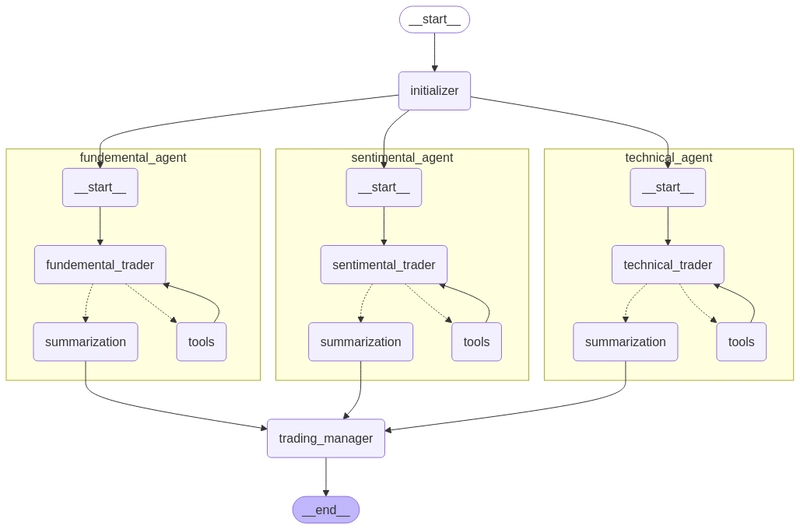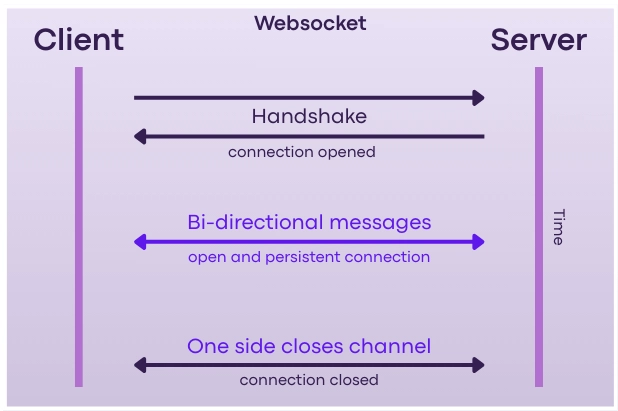How to Monitor and Profile Python Code With Py-Spy for Performance Bottlenecks
Performance issues can be elusive in Python applications, especially when dealing with large systems or complex I/O operations. Py-Spy is a powerful sampling profiler that allows you to see exactly where your Python code is spending time, without modifying the code or restarting the app. Why Use Py-Spy? Unlike traditional profilers, Py-Spy runs as an external process and attaches to your running Python program. It works on Linux, macOS, and Windows, with minimal overhead. It also supports both CPython and PyPy. Installing Py-Spy pip install py-spy Or download a standalone binary from the Py-Spy GitHub Releases page. Basic Usage To see a live sampling profile of a running process, find the PID and run: py-spy top --pid To generate a flame graph (great for visualizing hot spots): py-spy record -o profile.svg --pid Open the SVG in a browser to explore your app’s performance profile interactively. Using With Docker If your Python app runs inside Docker, you can use --pid=host and mount /proc to access the necessary information: docker run --pid=host -v /proc:/host/proc ... Then use py-spy --pid --procfs /host/proc from inside the container. Running Py-Spy From Code You can also launch your script with profiling enabled: py-spy record -o out.svg -- python your_script.py Interpreting Flame Graphs The flame graph shows stack traces in horizontal bars, where wider bars indicate more time spent in that function. You can hover over blocks to see filenames, line numbers, and function names. Tips for Effective Profiling Start with py-spy top for an overview of which functions consume time. Use py-spy record to dig deeper into what’s happening at each point in time. Focus on optimizing only the hot paths—usually the top 10% of your stack. Conclusion Py-Spy is one of the easiest and most effective ways to profile Python programs in production or development. It works without code changes and delivers clear insights in minutes. If you're looking to find bottlenecks and optimize performance, this tool is a must-have in your Python toolkit. If this post helped you, consider buying me a coffee: buymeacoffee.com/hexshift

Performance issues can be elusive in Python applications, especially when dealing with large systems or complex I/O operations. Py-Spy is a powerful sampling profiler that allows you to see exactly where your Python code is spending time, without modifying the code or restarting the app.
Why Use Py-Spy?
Unlike traditional profilers, Py-Spy runs as an external process and attaches to your running Python program. It works on Linux, macOS, and Windows, with minimal overhead. It also supports both CPython and PyPy.
Installing Py-Spy
pip install py-spyOr download a standalone binary from the Py-Spy GitHub Releases page.
Basic Usage
To see a live sampling profile of a running process, find the PID and run:
py-spy top --pid To generate a flame graph (great for visualizing hot spots):
py-spy record -o profile.svg --pid Open the SVG in a browser to explore your app’s performance profile interactively.
Using With Docker
If your Python app runs inside Docker, you can use --pid=host and mount /proc to access the necessary information:
docker run --pid=host -v /proc:/host/proc ...Then use py-spy --pid from inside the container.
Running Py-Spy From Code
You can also launch your script with profiling enabled:
py-spy record -o out.svg -- python your_script.pyInterpreting Flame Graphs
The flame graph shows stack traces in horizontal bars, where wider bars indicate more time spent in that function. You can hover over blocks to see filenames, line numbers, and function names.
Tips for Effective Profiling
- Start with
py-spy topfor an overview of which functions consume time. - Use
py-spy recordto dig deeper into what’s happening at each point in time. - Focus on optimizing only the hot paths—usually the top 10% of your stack.
Conclusion
Py-Spy is one of the easiest and most effective ways to profile Python programs in production or development. It works without code changes and delivers clear insights in minutes. If you're looking to find bottlenecks and optimize performance, this tool is a must-have in your Python toolkit.
If this post helped you, consider buying me a coffee: buymeacoffee.com/hexshift









































































































































































![[The AI Show Episode 144]: ChatGPT’s New Memory, Shopify CEO’s Leaked “AI First” Memo, Google Cloud Next Releases, o3 and o4-mini Coming Soon & Llama 4’s Rocky Launch](https://www.marketingaiinstitute.com/hubfs/ep%20144%20cover.png)





























































































































![[DEALS] The All-in-One Microsoft Office Pro 2019 for Windows: Lifetime License + Windows 11 Pro Bundle (89% off) & Other Deals Up To 98% Off](https://www.javacodegeeks.com/wp-content/uploads/2012/12/jcg-logo.jpg)



























![Is this too much for a modular monolith system? [closed]](https://i.sstatic.net/pYL1nsfg.png)






















































































































_Andreas_Prott_Alamy.jpg?width=1280&auto=webp&quality=80&disable=upscale#)






























































































![What features do you get with Gemini Advanced? [April 2025]](https://i0.wp.com/9to5google.com/wp-content/uploads/sites/4/2024/02/gemini-advanced-cover.jpg?resize=1200%2C628&quality=82&strip=all&ssl=1)












![Apple Shares Official Trailer for 'Long Way Home' Starring Ewan McGregor and Charley Boorman [Video]](https://www.iclarified.com/images/news/97069/97069/97069-640.jpg)
![Apple Watch Series 10 Back On Sale for $299! [Lowest Price Ever]](https://www.iclarified.com/images/news/96657/96657/96657-640.jpg)
![EU Postpones Apple App Store Fines Amid Tariff Negotiations [Report]](https://www.iclarified.com/images/news/97068/97068/97068-640.jpg)
![Apple Slips to Fifth in China's Smartphone Market with 9% Decline [Report]](https://www.iclarified.com/images/news/97065/97065/97065-640.jpg)


































































































































